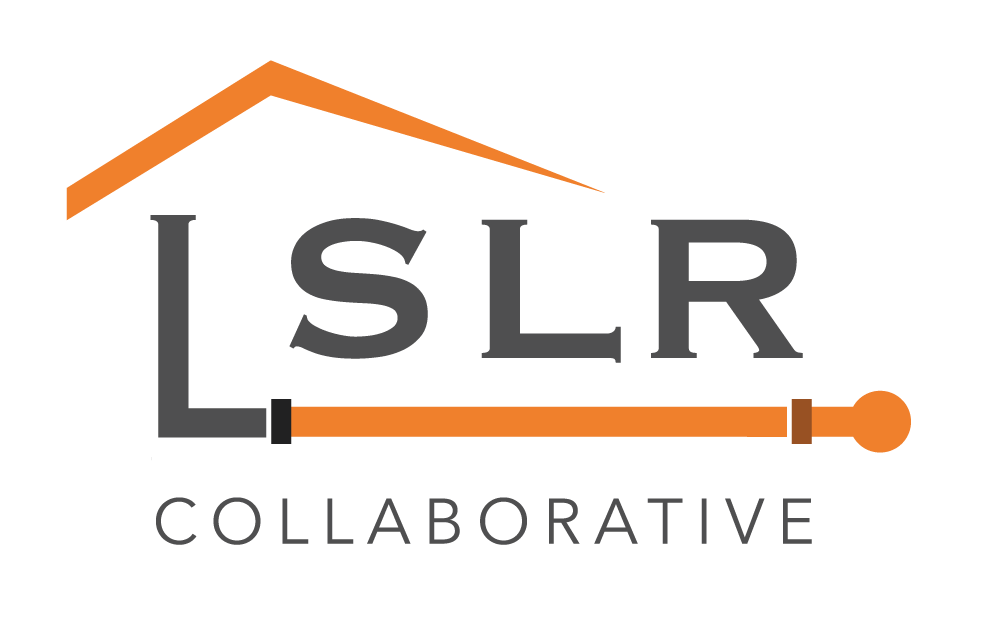|
The Daily News Online PERRY — More than $550,000 in state funding will help the village replace lead water lines. The lead components are mostly found in older water connections leading to residences, said Village Administrator Matt Jensen on Monday. The $554,112 will help the village locate the components and replace them proactively. “The program is set up to help us identify where the lead components might be and to make the necessary replacements as we identify areas,” Jensen said. “It’s not an issue we see with lead in our water as far as testing, but we do know we have some connections with lead in there.” Drinking water can be a source of lead exposure when service pipes containing lead corrode, especially when the water has high acidity or low mineral content, according to state sources. The use of lead in residential water service lines began decreasing in the 1930s because of the evolution of regulations and construction practices.
But older water systems can still include a lot of old piping and materials. Although Perry hasn’t had any water safety or quality issues, it’s believed some lead components remain. Jensen said village workers have come across lead connectors — typically the elbows connecting service lines to houses — when conducting water projects. The workers have always replaced any such materials, he said. But the new funding will allow the village to track down and replace the lead parts in earnest. “We don’t see it as a rampant issue with the village,” Jensen said. “Just now there’s some connections, so we’re looking to identify those and get those taken care of taken care of.” The village will work with its engineer, with consulting potentially taking place later this year or in early 2020, he said, making a preliminary estimate. The work itself could begin sometime next year. The funding was through the New York State Department of Health’s Lead Service Line Replacement Program. It was announced Monday by State Sen. Patrick Gallivan’s office. “All New York residents deserve access to clean, safe drinking water,” said Gallivan, R-Elma, in a news release. “Lead exposure from old service lines can be dangerous, especially to children and pregnant women. These funds will help the Village of Perry offset the cost to upgrade existing water lines and ensure the well-being of the community.” Comments are closed.
|
Have a suggestion for an article or blog to add?
Let us know! Type
All
Date
April 2023
|


 RSS Feed
RSS Feed